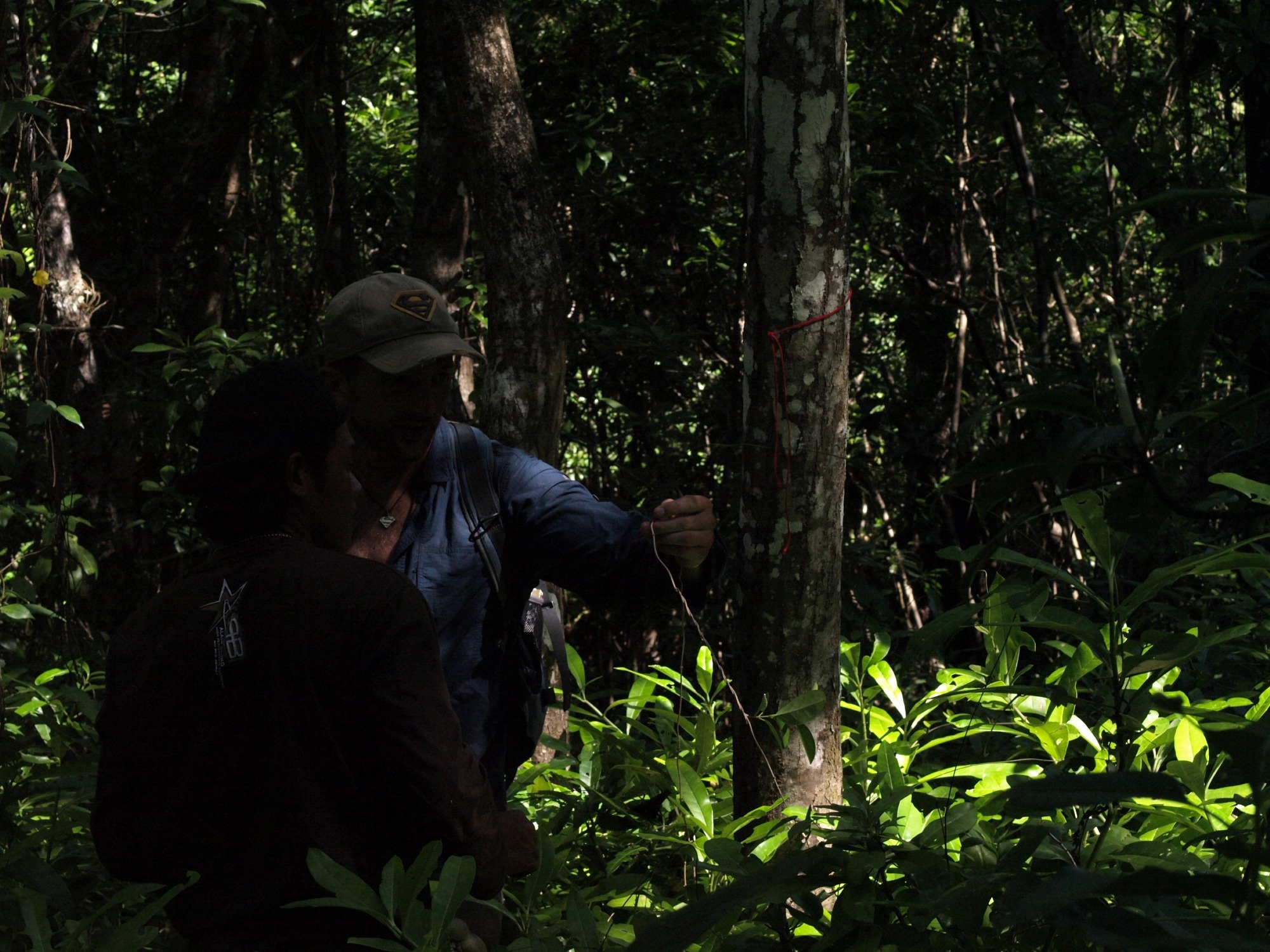At the University of Portsmouth, scientists state that a “one size fits all” method for conserving mangrove forests will not work as a new study discloses a fragile blue carbon system.
 Indonesia’s Wakatobi National Park. Image Credit: University of Portsmouth.
Indonesia’s Wakatobi National Park. Image Credit: University of Portsmouth.
Mangrove forests tend to play a vital role in the health of the planet. The shrubs and trees will absorb a considerable amount of greenhouse gas emissions, help safeguard communities from increasing sea levels, and serve as nurseries for baby fish.
Globally, such coastal forests are considered to be the second most carbon-rich ecosystem. This has the potential to store nearly 1,000 tons of carbon in just one hectare, which is almost the size of a football pitch. They perform this by seizing the chemical element from the air and further storing it in trunks, branches, roots and leaves.
However, despite environmental measures to stop the loss of such significant ecosystems, they are still subjected to risk. A new study, performed by the University of Portsmouth and aided by the research organization Operation Wallacea, has currently disclosed the fact that the stored carbon from atmospheric CO2 in huge woody debris has been processed by the organisms. The outcomes of the study denote that climate change can considerably impact this so-called “blue carbon” system.
At the University of Portsmouth, researchers examined large woody debris (LWD) in four mangrove forests in Wakatobi National Park in Indonesia by altering intertidal zones. Every survey area consisted of eight sections (transects) — each disclosing its way of processing carbon.
In the upper reaches of the ecosystem, closer to land, the team came across organisms that are generally discovered in tropical rainforests breaking down fallen wood. T. These include termites, beetle larvae, and fungi. Also, closer to the ocean, the LWD is being degraded more rapidly by worm-like clams with calcium carbonate shells, called shipworms.
In the mangrove forest, two impacts of climate change can impact the fragile process of fixed-carbon degradation. The first is increasing sea levels, as the carbon cycle has been driven by tidal elevation. The second is a rise in ocean acidity resulting in increasing CO2 in the atmosphere, thereby dissolving the shells of the marine organisms and degrading the wood in the lower reaches.
This data highlights the delicate balance between wood-biodegrading organisms and fallen mangrove wood. Mangrove forests are crucial to mitigating climate change, and alterations to the breakdown of fallen wood in the forests will change the above-ground carbon cycles which may have an effect on mangrove carbon stores.
Dr. Ian Hendy, Study Lead Author, School of Biological Sciences, University of Portsmouth
At present, Dr. Hendy and his research group have got their eyes set on taking part in large-scale mangrove forest restoration in Mexico. The collaborative biodiversity initiative rePLANET is working solely with a research group at Portsmouth, Brighton, Singapore, and CINESTAV to fund a range of Ph.D. projects analyzing the innovative methods that are being taken to conserve and safeguard forests.
The team's goal now is to use the findings from this study to guide large-scale restoration of mangrove forests across the globe.
Dr. Simon Cragg, Study Co-Author, University of Portsmouth
The study was financially supported by experts from the University of Plymouth, Brighton University, the Eden Project, the UK Centre for Ecology & Hydrology, and the Estonian University of Life Sciences.
Study reveals how climate change can significantly impact one of the world’s most important carbon-rich ecosystems
Study reveals how climate change can significantly impact important carbon-rich ecosystem. Video Credit: University of Portsmouth.
Journal Reference:
Hendy, I. W., et al. (2022) Biodegraders of Large Woody Debris Across a Tidal Gradient in an Indonesian Mangrove Ecosystem. Frontiers in Forests and Global Change. doi.org/10.3389/ffgc.2022.852217.